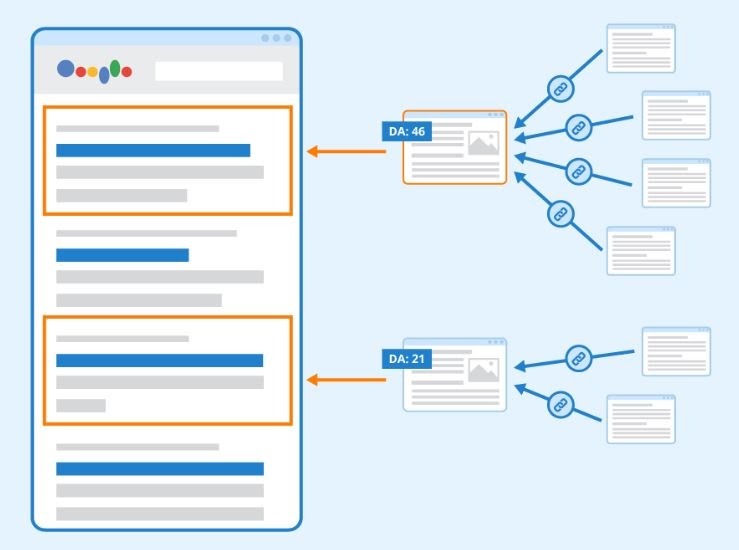1. Start with What You Know
The first step in any genealogy search is to start with the information you already have. Gather family documents, photos, and any written records like birth certificates, marriage licenses, or family bibles. Talk to older relatives—they may hold invaluable oral histories, dates, and details not documented elsewhere. Key points to document:- Full names, including maiden names
- Dates and places of birth, marriage, and death
- Occupations and residences
- Significant family stories or milestones
2. Use Online Genealogy Resources
Online genealogy websites are a great way to access a wealth of historical records and connect with other researchers. Some popular platforms to get started include:- Ancestry.com: One of the largest genealogy websites, Ancestry offers a wide array of records from census data to immigration records. The platform also includes tools to create family trees and DNA testing services.
- FamilySearch.org: Run by The Church of Jesus Christ of Latter-day Saints, FamilySearch offers free access to millions of historical records worldwide. The site also provides research assistance and user-friendly family tree building.
- MyHeritage.com: Known for its international reach, MyHeritage is particularly useful for those researching European ancestry. It includes features for building family trees, DNA testing, and connecting with distant relatives.
- FindMyPast.com: This UK-based site specializes in British and Irish records, making it an excellent resource for people with ancestry in those regions.
3. Search Census and Vital Records
Census records are often the backbone of genealogy research. They provide details such as family members, ages, addresses, and occupations. In the U.S., the federal census has been conducted every 10 years since 1790, with many records now digitized and searchable online. Vital records—birth, marriage, and death certificates—are another essential resource. They often include key genealogical details, such as the names of parents, maiden names, and places of birth. Depending on your country or state, these records might be available online or through government offices. Here’s where to look for these records:- National or state archives: Many offer online search tools or physical archives where records can be accessed.
- Local county clerks or vital records offices: Some states have online databases; otherwise, you may need to request copies of records by mail.
- International archives: Countries such as the UK, Canada, and Australia have their own digitized records accessible online, often through partnerships with major genealogy websites.
4. Explore Military Records
Military records are a valuable source of family history, providing insight into an ancestor’s military service, including enlistment dates, battles fought, and, sometimes, personal information like physical descriptions or family contacts. Websites like Fold3.com and Ancestry.com host military records from various conflicts, such as:- U.S. Civil War service records
- World War I and II draft registration cards
- Revolutionary War pension applications
5. Dig into Immigration and Naturalization Records
If your ancestors were immigrants, immigration and naturalization records can provide rich details about their arrival in a new country. Many families can trace their roots through passenger lists, border crossings, and naturalization papers. Key sources for these records include:- Ellis Island: A major entry point for immigrants to the United States from 1892 to 1954, with millions of names documented in searchable databases.
- Castle Garden: An earlier immigration station in New York Harbor before Ellis Island, active from 1855 to 1890.
- Naturalization records: These show when and where immigrants became citizens, offering personal details such as birthdates and places of origin. These are often found in national archives or online databases like Ancestry.
6. Visit Local Libraries, Historical Societies, and Archives
While much genealogical research can be done online, local sources can yield treasure troves of information not found elsewhere. Visit your local:- Libraries: Many offer free access to subscription-based genealogy databases and have local history sections with books, old newspapers, and archived collections. Look for obituaries, city directories, and yearbooks.
- Historical societies: These organizations often preserve old documents, photographs, and maps that can provide insight into your ancestors' lives.
- Courthouse records: Court documents such as wills, property deeds, and probate records can reveal details about your ancestors' property and family relationships.
7. Use DNA Testing for Deeper Insights
DNA testing has become a popular tool for genealogy enthusiasts, providing both ancestral origin information and the ability to connect with distant relatives. Companies like AncestryDNA, 23andMe, and MyHeritage DNA offer tests that analyze your genetic makeup, helping you uncover ethnic backgrounds, find living relatives, and potentially break through genealogical "brick walls."8. Stay Organized
As your research expands, keeping track of your findings becomes crucial. Make sure to organize your documents, notes, and records systematically. Some tips for staying organized include:- Use genealogy software like RootsMagic or Legacy Family Tree to build and manage your family tree digitally.
- Create physical or digital folders for each branch of your family, labeling them by surname.
- Cite sources for each piece of information you find. This will help verify the accuracy of your findings later on.
9. Connect with Others
Genealogy research doesn’t have to be a solo journey. Many online communities and forums are dedicated to helping genealogists share information, exchange tips, and connect with potential relatives. Websites like Genealogy.com, RootsWeb, and specific Facebook groups allow for collaboration with other family history enthusiasts.Conclusion
Uncovering your family history can be both fascinating and fulfilling. By starting with what you know, using both online and offline resources, and keeping an organized approach, you can piece together your family tree and gain a deeper understanding of your heritage. Whether you're solving old family mysteries or simply learning about your ancestors’ lives, the journey will bring you closer to your roots.1= https://checkwebsitedr.com/blogs/how-to-search-for-reliable-information-on-the-internet/
2= https://checkwebsitedr.com/blogs/how-to-search-for-secure-and-private-browsing-options/
3= https://checkwebsitedr.com/blogs/how-to-search-for-family-history-and-genealogy-records/
4= https://checkwebsitedr.com/blogs/how-to-search-for-competitors-and-analyze-their-strategies/
5= https://checkwebsitedr.com/blogs/how-to-search-for-job-openings-in-your-field-a-step-by-step-guide/
6= https://checkwebsitedr.com/blogs/how-to-search-for-healthy-recipes-that-fit-your-diet/
7= https://checkwebsitedr.com/blogs/how-to-search-for-and-apply-for-grants/
8= https://checkwebsitedr.com/blogs/how-to-search-for-the-right-keywords-for-your-blog/
9= https://checkwebsitedr.com/blogs/how-to-search-for-local-services-near-you/
10= https://checkwebsitedr.com/blogs/how-to-search-for-the-best-travel-deals-and-discounts/


